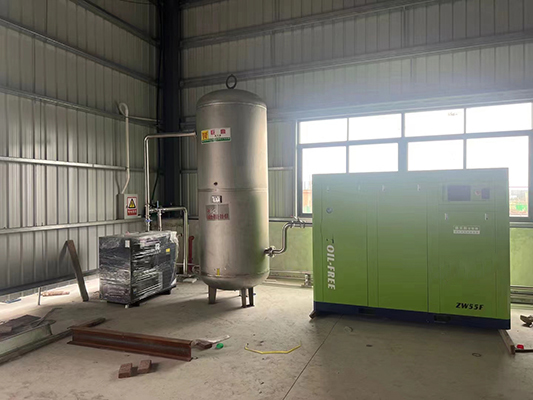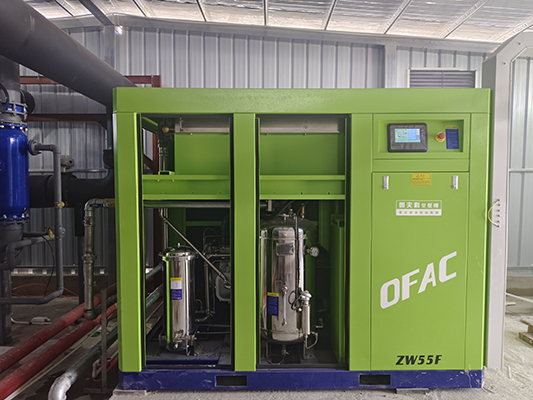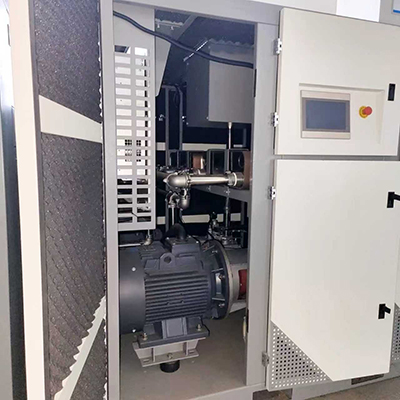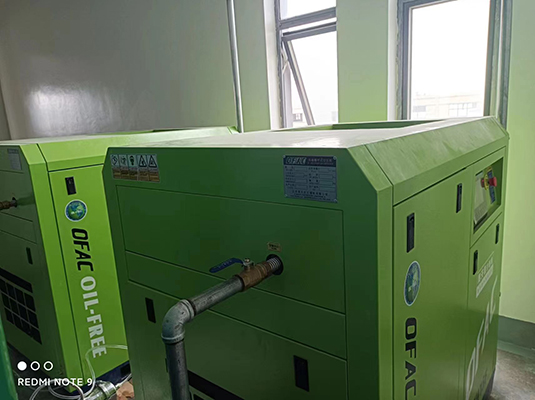Rotary Screw Air Compressor Pipeline Installation Tips
News 2025-10-24
Rotary screw air compressors are vital in industrial settings, delivering efficient compressed air for applications like manufacturing assembly lines, automotive painting, and construction equipment. These systems excel in providing continuous, high-volume air supply, which enhances productivity and reduces downtime. Proper pipeline installation is essential to leverage their performance advantages, such as energy efficiency and reliability, while minimizing risks like air leaks and pressure losses. In industrial processes, a well-installed pipeline ensures consistent air quality, supports operational safety, and contributes to overall cost savings by optimizing energy use and extending equipment lifespan.

Pipeline Design Essentials
Designing the pipeline system for a rotary screw air compressor involves careful planning to match the compressor’s output and industrial demands. Choose durable materials like stainless steel or PVC that resist corrosion and handle high pressures without degrading. Accurate sizing of pipes based on flow rates and pressure requirements prevents inefficiencies; for instance, using CFD analysis can help model airflow and identify potential bottlenecks. Incorporating features such as expansion joints and proper insulation maintains system integrity, reducing vibration and thermal losses, which are critical for sustaining the compressor’s high efficiency in demanding environments.
Installation Techniques and Procedures
Effective installation begins with site preparation, ensuring the pipeline layout minimizes bends and supports easy access for maintenance. Secure all joints with high-quality fittings and apply appropriate sealants to eliminate leaks, which can significantly impact energy consumption. Position valves and filters strategically to control airflow and remove contaminants, preserving air quality for sensitive applications. Adhering to these methods not only boosts the system’s reliability but also enhances safety by reducing the likelihood of failures during peak operations in factories or workshops.
Maintenance Strategies for Optimal Performance
Regular upkeep is crucial for sustaining the pipeline’s efficiency and the rotary screw compressor’s longevity. Conduct routine inspections using tools like pressure tests or thermal imaging to detect issues early, such as corrosion or wear. Implement a schedule for cleaning filters and draining condensate to prevent moisture buildup, which can lead to rust and reduced air quality. By focusing on these practices, industries can ensure consistent performance, lower operational costs, and maintain a safe working environment, ultimately supporting the compressor’s role in critical industrial processes.


